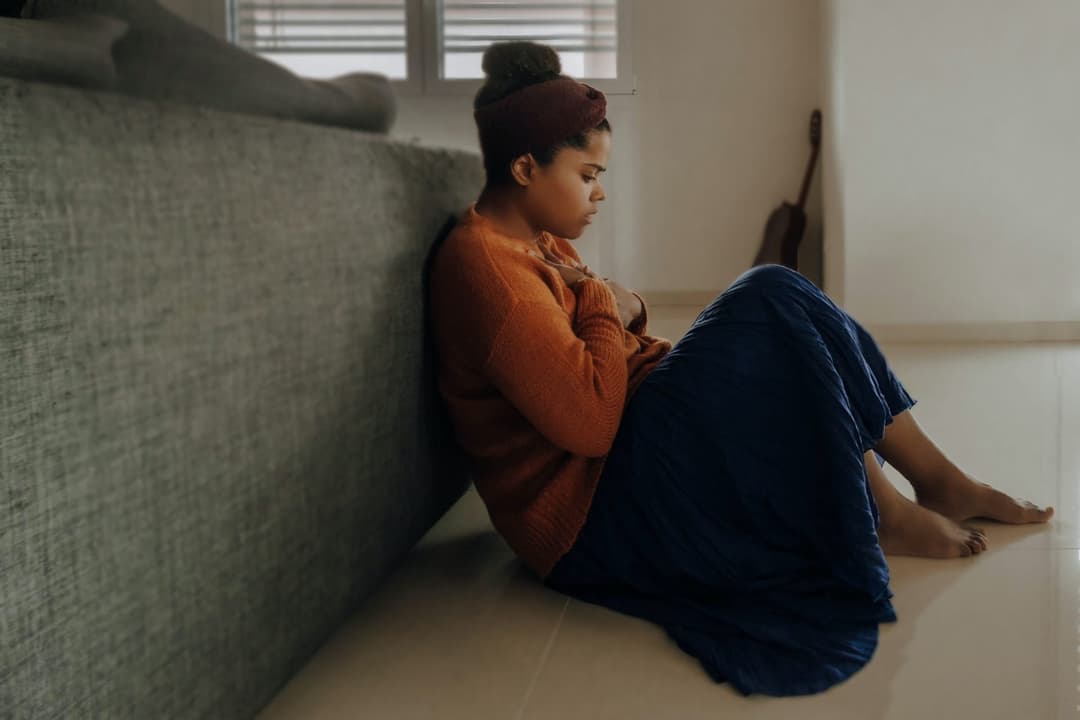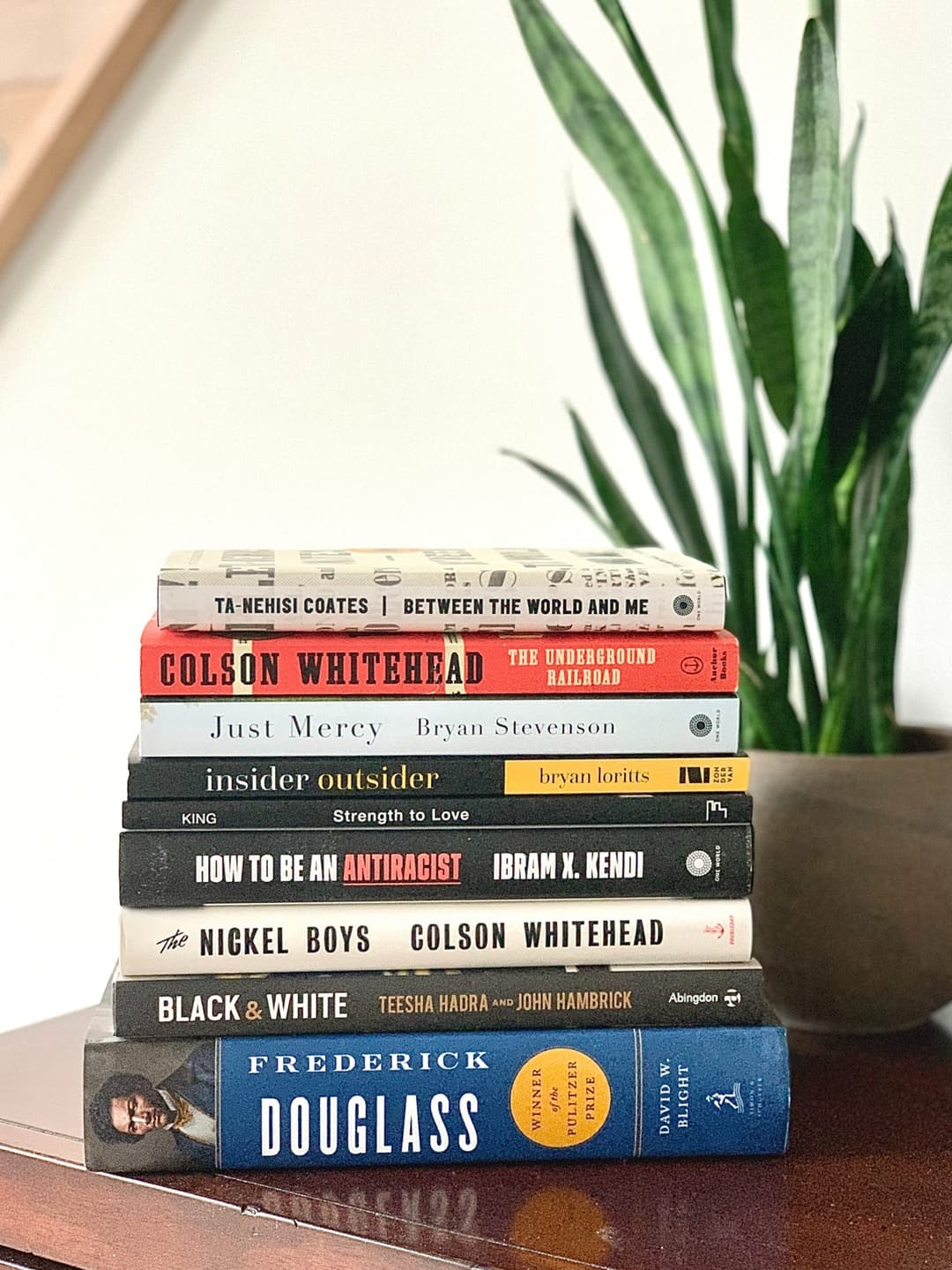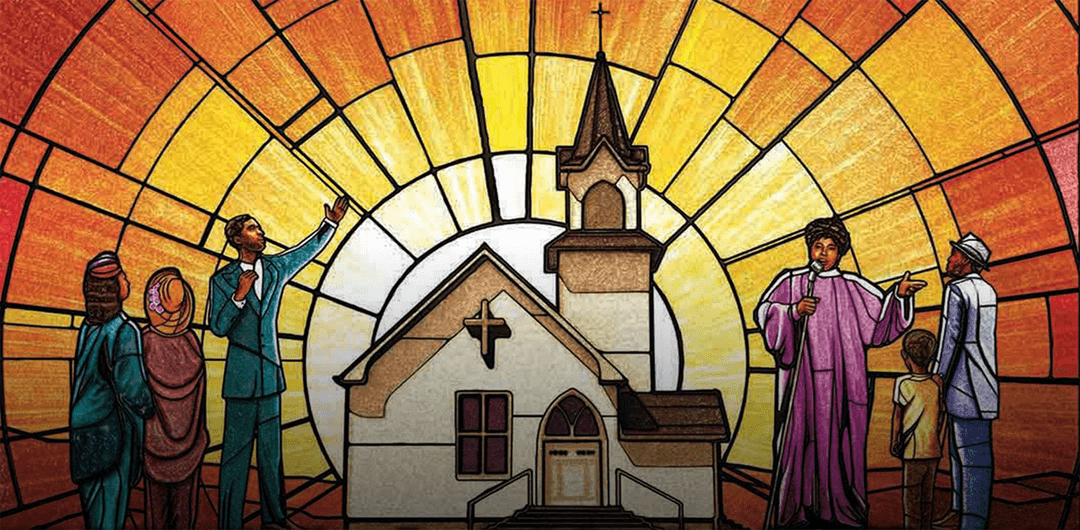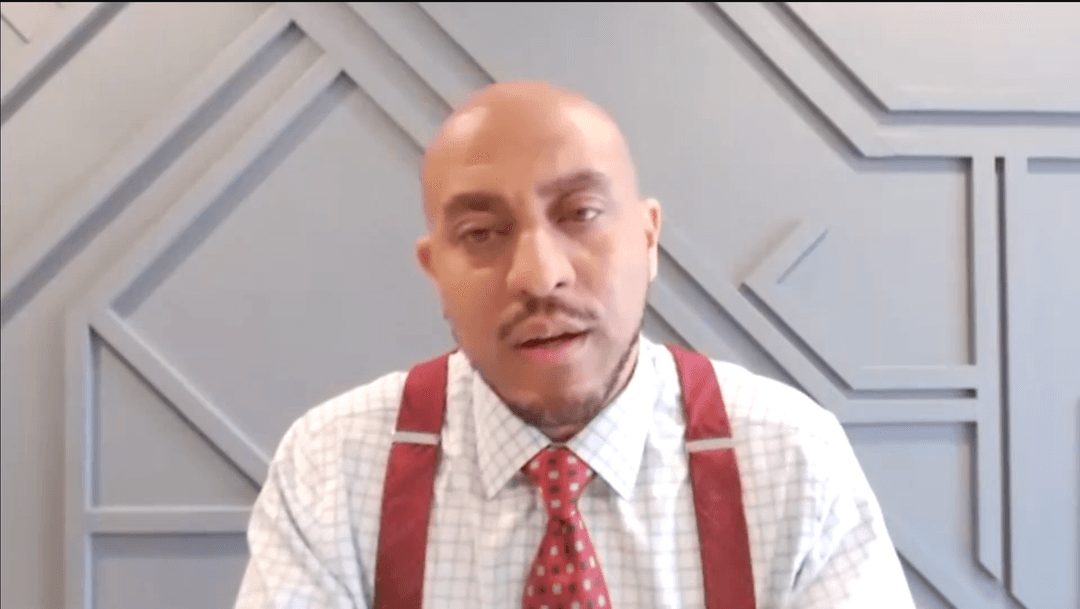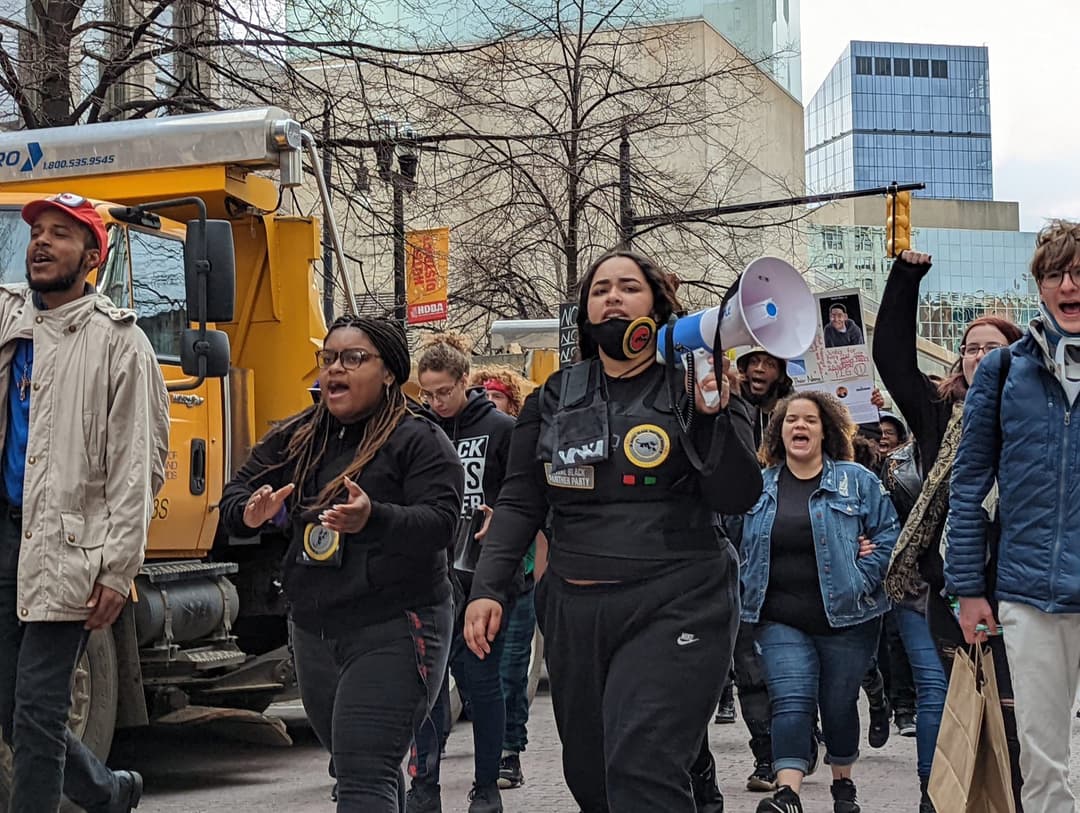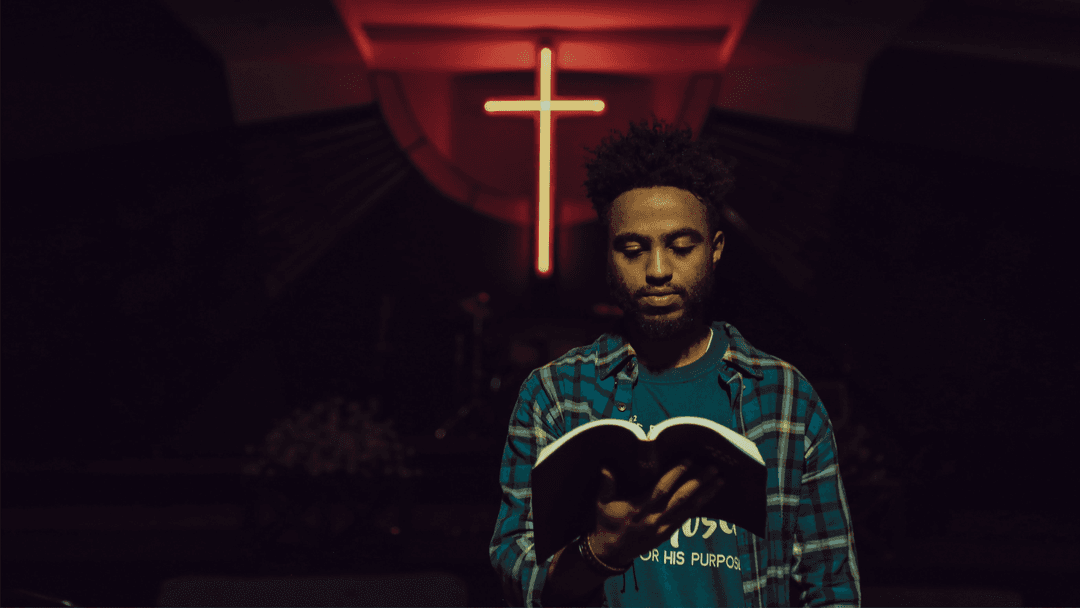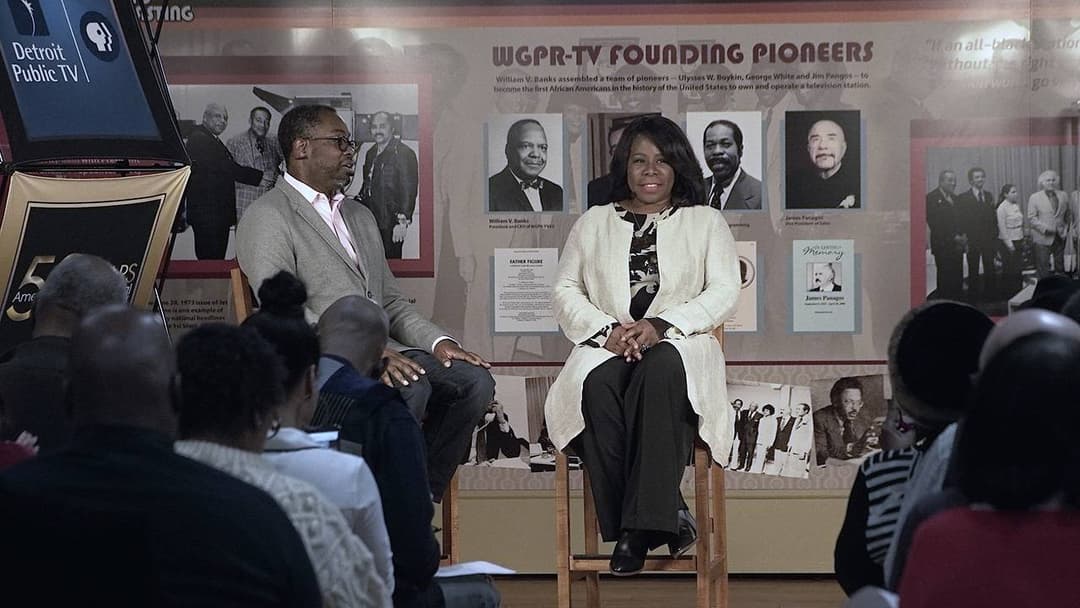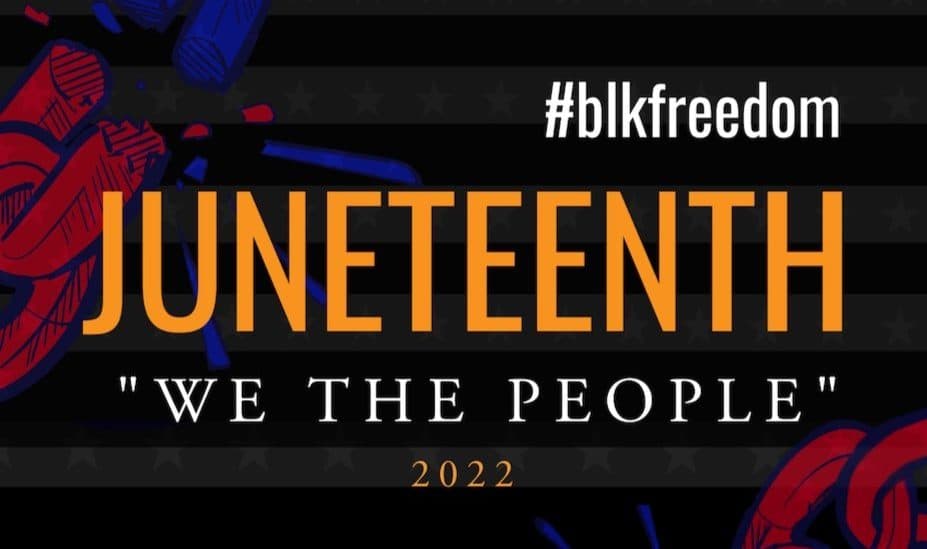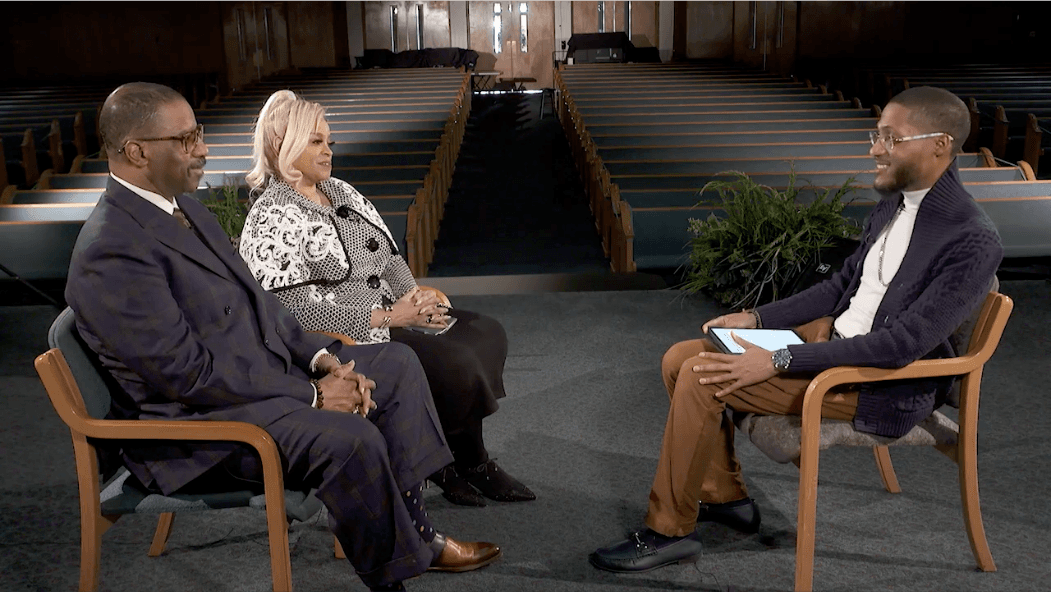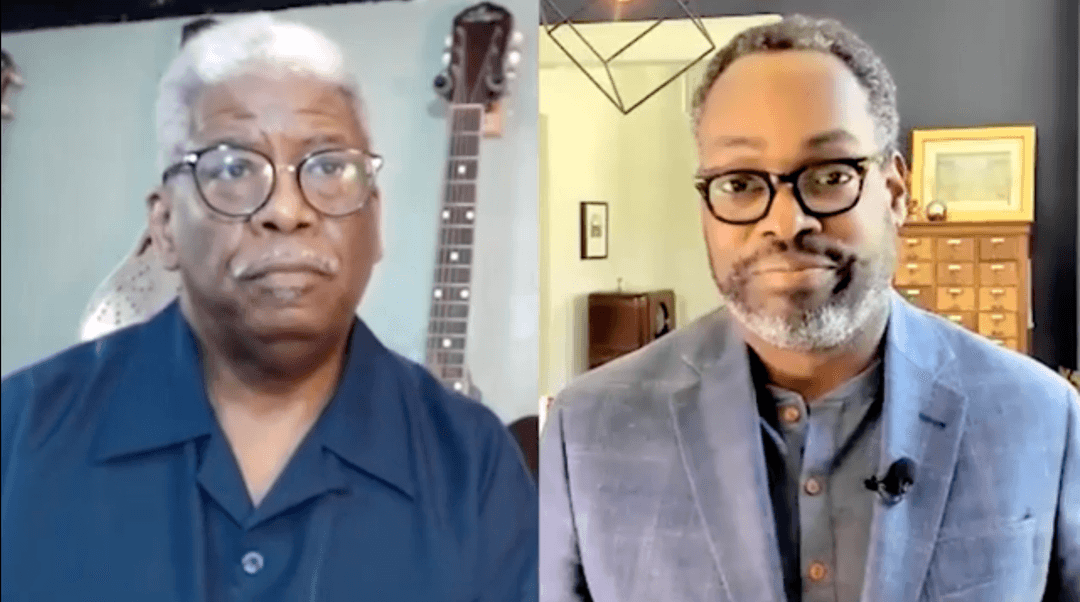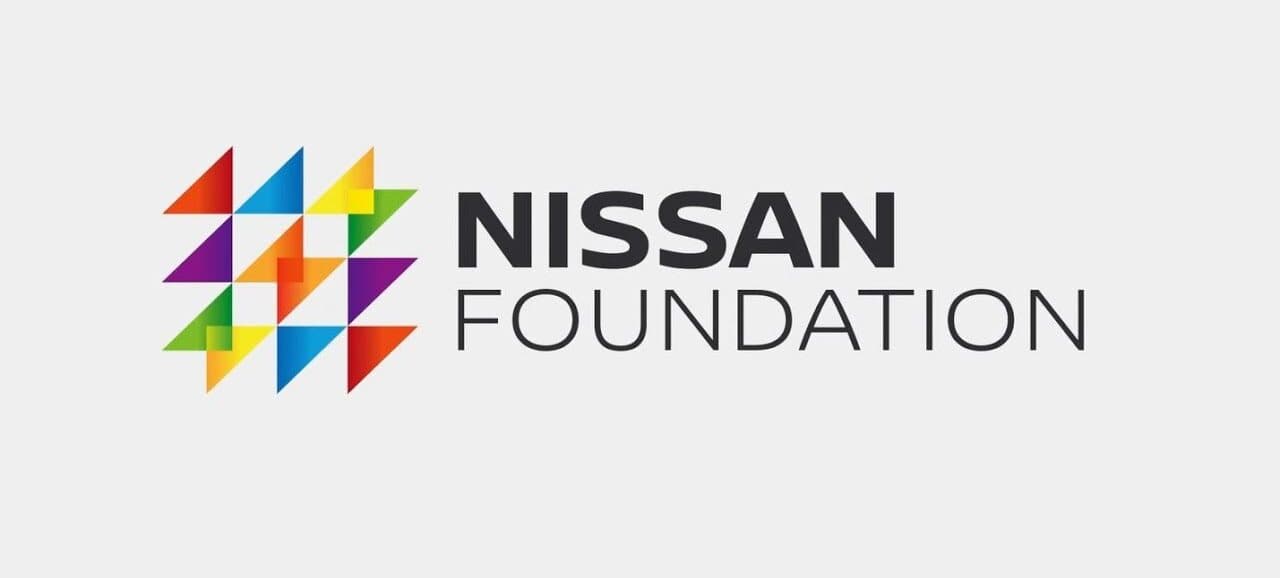Henry Louis Gates, Jr.’s “Making Black America” documentary tells the story of African American resilience, empowerment
Oct 4, 2022
Acclaimed documentarian, historian and storyteller Henry Louis Gates, Jr., the creator of “The Black Church: This is Our Story, This is Our Song” and “Finding Your Roots,” has produced a new PBS documentary, “Making Black America: Through the Grapevine,” celebrating Black joy and resilience. The four-part documentary series, which airs every Tuesday in October at 9 p.m., chronicles the vast social networks and organizations created by and for Black people beyond the reach of the “white gaze.”
The series recounts the establishment of the Prince Hall Masons in 1775 through the formation of all-Black towns and business districts, Historically Black Colleges and Universities, destinations for leisure, and the social media phenomenon of Black Twitter. It takes viewers into an extraordinary world that showcases Black people’s ability to collectively prosper, defy white supremacy and define Blackness in ways that transformed America itself.
RELATED: Making Black Detroit: The Importance of The Divine Nine, Black Greek Letter Organizations
Ahead of the documentary series premiere, Host Stephen Henderson talks with “Making Black America: Through the Grapevine” producer and director Stacey Holman about the organizations and networks profiled in the documentary, the importance of community and creative spaces for African Americans, and how Black people have remained resilient and joyful even amid struggles.
Full Transcript:
Henry Louis Gates, Jr., Executive Producer, “Making Black America: Through The Grapevine”: For centuries, starting with slavery, followed by Jim Crow segregation. Racism has been a faultline running straight through the American experience. Race has shaped where Black people could live, how they saw themselves, and what kind of future they could hope to achieve. But remarkably, Black people survived the strictures of racism by creating their own world, a sepia world, a nexus of formal and informal spaces by us and for us.
Jason King, New York University: When we talk about Black social networks, what we’re really talking about is how Black people create spaces where we can be seen and where we can be heard by each other.
Rob Fields, Weeksville Heritage Center Director (2017-2021): They’re a place to, you know, celebrate. That often gets overlooked when we talk about Black life, particularly in America. It’s like sometimes you just want to celebrate how dope it is to be Black.
Rob Fields: And that’s important, particularly in a country that the best you can say is, misunderstands Black people. And the most damning thing you can say is doesn’t care about Black people.
Henry Louis Gates, Jr.: Generation after generation, these organizations, institutions and social networks have been a shelter in the storm. The place from which to demand that America confront its failures and finally live up to its ideals.
Stephen Henderson, Host, American Black Journal: Stacey Holman, welcome back to “American Black Journal.”
Stacey Holman, Producer & Director, “Making Black America: Through The Grapevine”: Thank you for having me back. This is great.
Stephen Henderson: So it’s great to have you here to talk about this latest work. Tell us about Making Black America.
Stacey Holman: Well, this is obviously the brainchild of Professor Henry Louis Gates, who I’ll defer to as Skip probably throughout the actual interview, and he was really interested. This is coming off the heels of the Black church, and he’s really interested in social networks, organizations, particularly secret societies.
Stacey Holman: And he starts with, you know, the Prince Hall Masons. And this is looking at the spaces, the places, the people, the organizations that African-Americans or Black people, people will get that when they see the series, that we created for us by us behind the veil, outside of the White gaze, where we can just let down our hair.
Stacey Holman: We could just take off that mask. We could just be.
Stephen Henderson: So it strikes me that a lot of the institutions that we’re talking about here, they were not Black by intention, but by exclusion. Right. We were left out of lots of things for a lot of time and had to create our own spaces.
Stephen Henderson: But in modern America, I think they are Black by intention. We preserve these spaces, we celebrate them, and we build them up because they have value and importance far beyond the exclusion that forced us to create them in the first place.
Stephen Henderson: And sometimes that’s hard for people who aren’t part of our community to understand. But I think for all of us, it’s crystal clear, right? We need these, we need these spaces.
Stacey Holman: Yeah we do. I mean, it’s we need that time to kind of step aside and I think you talk about networks of today. And spaces and even creative outlets. Look at hip hop. I mean, that was created by us. Also too, you look at Black Lives Matter.
Stacey Holman: That was built by a group of women, founded by a group of women out of a need. And then even going back during the Depression. You know, red parties, this economic informal economy that Black people created because in some instances it wasn’t, yes, actually open to us.
Stacey Holman: But in the cases of hair products, we needed that. Black women need their hair done. So that was built out of a need.
Stephen Henderson: Yeah.
Stacey Holman: We will forever need our hair done. So. Yeah. So I think it was really… So it’s really finding that. Creating those spaces and those places that are meeting the need of that particular community.
Stephen Henderson: Yeah.
Stacey Holman: That’s not always a response, as you said.
Stephen Henderson: So I also always think that resilience plays such an incredibly important part of Black existence and Black history. And here again, so many of these institutions are about that resilience, about, again, preserving ourselves, preserving our culture, you know, in the face of a society that doesn’t always allow us really to do that in other spaces.
Stacey Holman: Yeah. I mean, I think it’s, Black joy is a really big theme throughout this. And I think just the agency that we have needs to be celebrated and also too, outside of struggle. It’s not always, we’re not always talking about.
Stacey Holman: We’re not always living in it. We’re resilient because we step outside of it sometimes. We’re resilient because we go to play a game of Midwest. Resilient because we go to our book club because we can talk about this book that moved us.
Stacey Holman: We’re resilient because we have creative spaces, whether it’s reading a book by Toni Morrison to kind of take us through this world and take us through a lens. So these feed into that resilience. Just as the Black church, these also speak to that.
Stephen Henderson: Yeah.
Stephen Henderson: So tell me about some of your favorites, some of your favorite parts of the series.
Stacey Holman: Oh, my gosh. That is like, who’s your favorite child? I mean, there are a lot of great moments. I’ll kind of go through the different hours. But for hour one we have in the literary our literary in quotes setting, Andre Holland reading the words of French poets La Chenille, one of the earliest books written by a Black person.
Stacey Holman: And yes, Black people spoke French fluently. But just the Black love sequence. Just really for me, that section always pulls at my heartstrings. Also, I think that Black women, I think, are dominating hour two.
Stacey Holman: I mean, we have Maggie Lena Walker with the Penny Savings Bank. That was just empowering. And, we also do a nod to you know, another thing is the nod that we do to Ebony magazine. And I mean, most of us know from generation we used to get the big poster size.
Stacey Holman: So Ebony magazine and the tiny size of Jet. But that was just like just so nostalgic for me. And then the last hour, I think there’s just a lot of gems in there as well. But definitely looking at the rent parties. I’m sorry the rent parties, but looking at hip hop and even our last point about just Black joy.
Stephen Henderson: Yeah, yeah. That’s funny you mentioned Ebony. You think about in this day and age what it cost to print that thing in full color at that size and then put it in the mail and send it all across the company.
Stacey Holman: Exactly. I don’t know, it is.
Stephen Henderson: So I wonder what you want people to take away from all this work, both Black people and other populations who don’t share our experience and history.
Stacey Holman: Well, for Black people, I want them to just smile. I just want us to kind of take a moment and just sit back and just reflect. I want them to feel encouraged and empowered. I think it’s just it’s definitely going to be a nostalgia moment for a lot, but it’s also going to be probably a learning moment for another generation that may not know about some of these spaces.
I know for me, there’s a lot that I didn’t learn, but I want people just to kind of savor that, you know, it’s joys in the midst. Joys in the midst of the struggle. Joys in the midst of the suffering. For those who are outside of our circle, I think it’s just a testimony of that Black folks existed to that point of struggle. It wasn’t always about the man oppressing us. It wasn’t always about… We had a life, you know, we had joy. The African-American experience is huge. And it’s not just that narrow space.
Stacey Holman: It’s not just that one note, but it crosses everything from politics to social. Obviously, we know about religion, financial that we had agency, we continue to have agency. So I think it will be a moment of just showing that Black excellence lives in so many spaces.
Stephen Henderson: Yeah, and it’s I mean, I think it’s an important point that we need people outside our community to watch this. To know about us.
Stacey Holman: Yes.
Stephen Henderson: And to smile with us about.
Stacey Holman: Yes.
Stacey Holman: Yeah. And I think just overall, too, this speaks about the importance of community. I mean, I think all of us coming out of the pandemic, we’re all some people are a little bit shy of gathering, but we see the importance of community. We see the importance of just being in a space and not even the church, in a space to just gather, just to play a game of cards or just to laugh.
Stephen Henderson: Yeah. All right, Stacey Holman, always great to have you here. Congratulations again on Making Black America.
Stacey Holman: Thank you. Thank you so much, Stephen. Such a pleasure.
Stay Connected:
Subscribe to Detroit PBS YouTube Channel & Don’t miss American Black Journal on Tuesday at 7:30 p.m and Sunday at 9:30 a.m. on Detroit PBS, WTVS-Channel 56.
Catch the daily conversations on our website, Facebook, Twitter and Instagram @amblackjournal.
View Past Episodes >
Watch American Black Journal on Tuesday at 7:30 p.m. and Sunday at 9:30 a.m. on Detroit Public TV, WTVS-Channel 56.
Stay Connected
Subscribe to Detroit PBS YouTube Channel & Don’t miss American Black Journal on Tuesday at 7:30 p.m. and Sunday at 9:30 a.m. on Detroit PBS, WTVS-Channel 56.
Catch the daily conversations on our website, Facebook, Twitter, and Instagram @amblackjournal.
Related Posts
Leave a Reply
Your email address will not be published. Required fields are marked*
